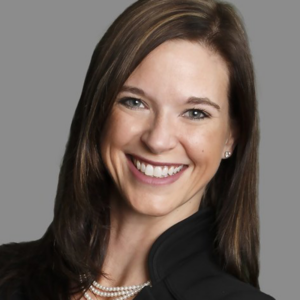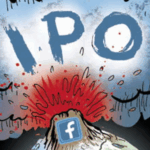Shelby Nichols was doing CTV before it was cool.
These days she’s the VP of media at independent performance marketing agency Media Culture where she oversees the digital department and is in charge of expanding the agency’s CTV offerings. But when she started her career at another indie agency, Sheehy, in the mid-2000s, she was buying linear TV, radio and OOH spots for brands like Kroger and Arby’s.
A little over a decade ago, she observed those brands and others reach the ceiling on linear TV for their 18- to 34-year-old target demographic. Most incorporated more CTV to expand their media mix.
Today, CTV buying is a complicated process, according to Nichols. Yet it’s becoming easier for consumers to access more types of content on CTV – like live sports, for example.
“Live sports have historically always been that one thing that was keeping cable alive,” said Nichols. “People really couldn’t cut the cord because it was too complicated to find the games you wanted, or there was too much of a delay.”
But as of last year, the number of cord-cutters in the US has eclipsed the number of cable subscribers. It’s only a matter of time before seeing live sports on services like Netflix, Peacock and even YouTube TV becomes less of a novelty and more of a foregone conclusion.
“Peacock has done an amazing job in setting that stage, both with the Olympics and with Sunday Night Football,” Nichols said. “We’ll just continue to see that grow.”
I asked Nichols to reflect on her 20 years of expertise in the CTV space and weigh in on some of the industry’s biggest trends and current talking points, including how Media Culture incorporates sports into its media plans.
On advertising during live sports: “We approach it in two different ways.
“If we’re looking at just our standard programmatic buys that are more audience-focused, we ensure we’re including NCAA Big Ten Conference Football inventory and that we have access to sports in general. But if we’re looking at specific sporting events, that becomes a programmatic guaranteed deal.
“That’s always been a challenge we’ve talked about internally. Clients are like, ‘Okay, can you get this particular game, or can you get this particular sport?’ I can get close to it – like, I can access Big 10 inventory – but I can’t tell you that it will be in this specific game unless we want to negotiate that separately.”
On long-form ads: “Before working at Media Culture, I worked at agencies that focused on nonprofits, where 120-second spots were critical to everything that they did. Those are impossible to place on CTV. The pods are much shorter, and no one actually wants to watch them anyway. So, how do we adapt and ensure that we’re aligning with the way the pods are set up and the way that users want to engage?
“This portion of the industry has to reframe what works – leaning into shoppable ads, looking at pause ads or looking at other ways to break through. When the lengths are very different, the approach has to be very different, and the measurement is obviously different as well.”
On frequency caps: “From a planning and buying perspective, the challenge is understanding what those allocations should look like, what the reach ceiling actually is.
“At what point are we just building ridiculous frequency? How do we retarget people that have seen an ad on linear or exclude them and get the incremental reach?
“It’s about getting those tools to catch up so we understand the duplication of audiences and what the spend should look like to be most efficient in terms of reach while minimizing frequency.”
On FAST TV: “I have to wonder at what point some of these channels start to consolidate. Like, we don’t need 20 food-focused FAST channels. I think we may hit a saturation point.
But from a programmatic standpoint, I don’t really care what you’re watching as much as I care about who you are. I just need to make sure I’m on your TV, and now I have more options to get there. It doesn’t have to be Hulu; it doesn’t have to be Netflix; it can be any of these FAST channels, which I can get at a much cheaper rate.”
Answers have been lightly edited and condensed.















